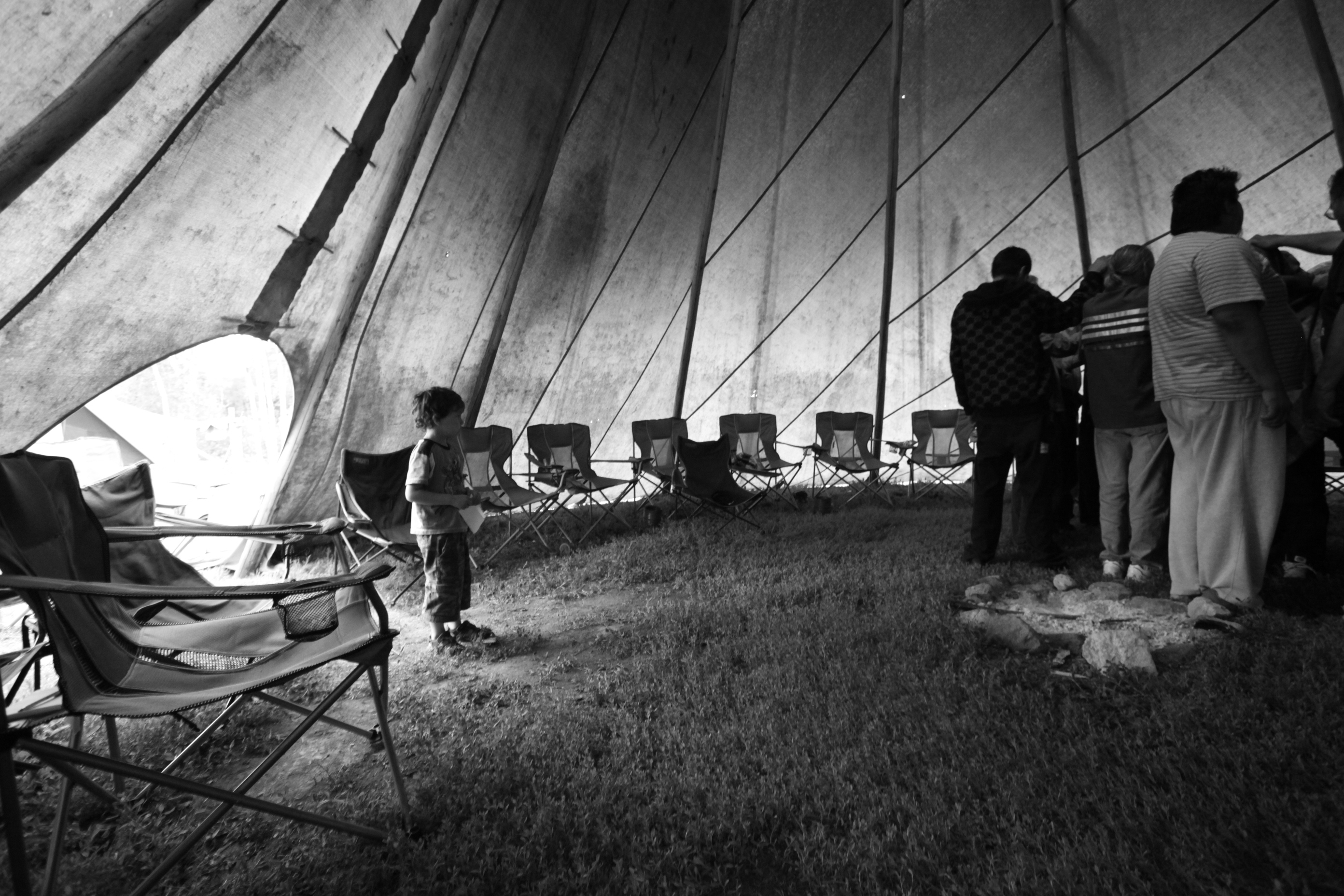Gestión financiera sostenible, responsable y debidamente fiscalizada
La gestión financiera del área fue llevada a cabo en forma descentralizada, lo que otorgó mayor transparencia al uso de los recursos.
Se ha controlado financieramente todo el proceso de acuerdo a la legislación que apoya el proyecto y el presupuesto destinado al mismo.
Las decisiones tomadas para el destino de los recursos han pasado la aprobación de la Junta Financiera de la Secretaría Municipal de Medio Ambiente, el CONDEMA y de la junta financiera del Municipio, dependiendo de la procedencia de los recursos.
Esto ha sido factible gracias a recursos provenientes de: presupuesto municipal, términos de ajustamiento de conductas ( TAC´s), Ministerio Público, FUNDEMA, Secretaria de Justicia, infracciones ambientales, términos de compromiso ambiental (TCA), recursos de otros proyectos y programas empresarios, la Cámara Estatal de Compensación Ambiental, de términos de compensación vegetal (TCV) entre otros medios de financiamiento.
Todos ellos gestionados y debidamente fiscalizados por los órganos de contralor creados al efecto.
Si bien es cierto que en este tipo de proyectos los recursos financieros y económicos son claves para la implementación y concreción de los mismos, lo más importante que se ha aprendido aquí es que esos ingresos económicos han cumplido con el objetivo gracias a haber aprendido la gran importancia y rol fundamental que tiene una buena fiscalización, control y administración del dinero que forma parte del presupuesto, se ha aprendido básicamente que es imperativo contar con procesos de control transparentes y a la altura de las circunstancias.
